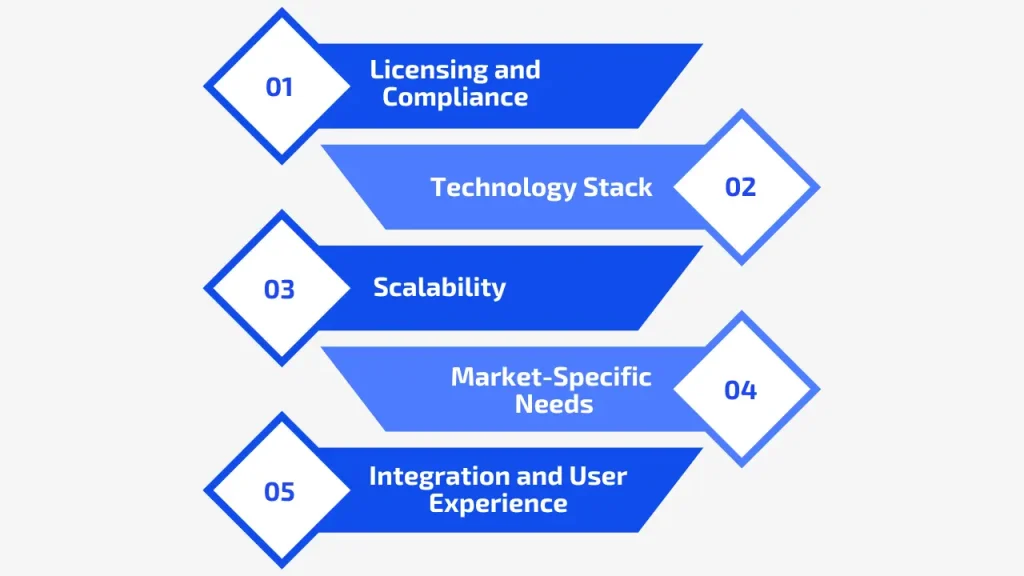BFN Lab: Insights and Innovations
Explore the latest trends and insights in technology, science, and innovation at BFN Lab.
When Games Grow: The Scalability Puzzle Unraveled
Discover the secrets to game scalability! Unravel the puzzles of growth and ensure your games thrive in a competitive market.
Understanding Scalability in Gaming: Key Concepts Explained
Understanding scalability in gaming is essential for developers as it directly impacts the user experience and the overall success of a game. Scalability refers to the ability of a game to handle growth in player numbers or increased data loads without sacrificing performance. This includes hardware scalability, where games can run on various systems from low-end devices to high-performance machines, and network scalability, which ensures that online multiplayer experiences remain smooth even as the player base expands. Key concepts to consider include optimizing server architecture and employing cloud-based solutions to accommodate fluctuating player demands.
In addition to technical considerations, understanding the game design implications of scalability is crucial. Developers must plan for scalability during the initial stages of game development by designing flexible systems and mechanics that can evolve with player interactions. This may involve implementation of dynamic content generation, where a game adapts its layout and challenges based on the number of active players, or prioritizing load distribution to balance the demands placed on servers. By focusing on scalability from the outset, developers can ensure a more resilient gaming experience that attracts and retains players over time.

Counter-Strike is a popular first-person shooter game that has captured the hearts of gamers worldwide. Players can engage in thrilling team-based matches and showcase their skills. For those looking for some extra excitement, be sure to check out the rollbit promo code to enhance your gaming experience.
Challenges of Game Scalability: How to Overcome Them
Game scalability presents numerous challenges that developers must navigate to ensure a smooth and engaging player experience. One of the primary issues is server performance. As a game's user base grows, the server must handle increased loads, which can lead to slow response times and frustrating gameplay. To mitigate these effects, developers should invest in cloud-based solutions and load balancing technologies, which allow them to distribute the server load evenly and improve performance. Moreover, employing scalable architectures and optimizing server code can significantly enhance scalability.
Another critical aspect of game scalability lies in content management. As new content is added, it can cause congestion and overwhelm both players and servers if not managed properly. Developers should consider implementing a modular content delivery strategy, which can streamline updates and reduce downtime. Additionally, leveraging telemetry tools can help track player behavior, allowing developers to make informed decisions about what content is necessary and when it should be released. By adopting these strategies, developers can effectively overcome the challenges of game scalability and maintain an enjoyable experience for all players.
Is Your Game Ready for Growth? Questions to Assess Scalability
As your game evolves, it's essential to ask yourself: Is your game ready for growth? Assessing scalability requires a thorough evaluation of various aspects. Start by examining your game’s architecture. Is it built on a flexible framework that allows for easy updates and expansions? Additionally, consider your server infrastructure: can it handle a sudden influx of players without compromising performance? Addressing these questions early on can save you from larger headaches down the line.
Another vital factor is player engagement. Understand your target audience and their preferences. Are you utilizing analytics to track player behavior and adjust your game accordingly? Gathering feedback through surveys or beta testing can provide insights into your game's potential. Moreover, think about monetization strategies: do you have scalable options that can grow with your player base? By contemplating these critical aspects, you can ensure that your game is truly ready for growth.